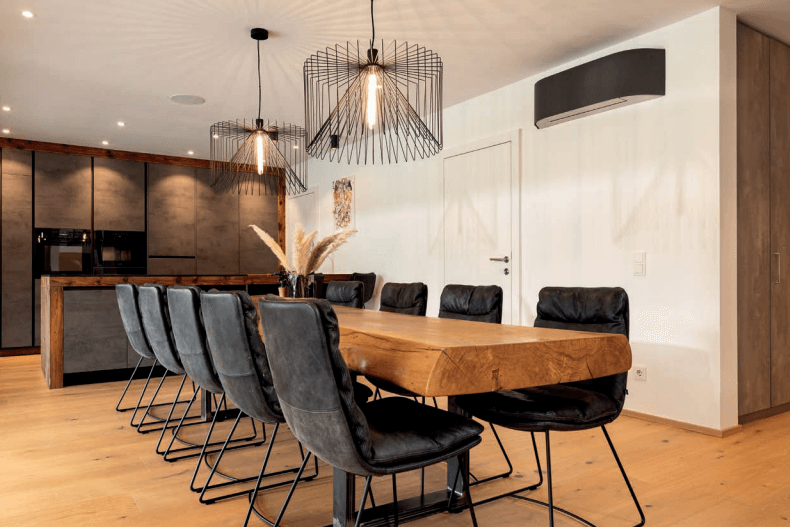Blog
The difference between an inverter and an on/off air conditioner

Inverter air conditioning unit
Inverter units are technological devices used to transform alternating current (AC) into direct current (DC). These units can have a variety of functions and outputs, including the ability to regulate the voltage and frequency of the output current. Inverter air conditioning systems have the ability to dynamically control the speed of the compressor, allowing them to efficiently adjust the output to achieve the desired temperature in a given room.
Unlike conventional on/off air conditioners, which operate at a constant output, inverter units can variably adapt their output to the actual needs of the indoor unit. This adaptability represents a significant advantage in terms of energy savings, where inverter air conditioning systems can achieve savings of up to 30% compared to traditional on/off variants.
Maintaining a constant temperature without constant switching on and off brings benefits in terms of extending the life of the unit itself, minimising start-up load and ensuring smooth power control. Conversely, on/off air conditioning systems often use a cyclical method of switching the compressor to maintain the desired temperature, leading to increased energy consumption and risk of unit wear and tear.
Another advantage of inverter air conditioning systems is their significantly lower acoustic profile compared to traditional on/off variants. This reduced noise level contributes to greater comfort for users and increases overall satisfaction with the use of these devices.
When selecting this air conditioning option, consideration must be given to ensure that the consumer has an adequate supply of electricity.
On/off air conditioning unit
These models are among the older technology in non-inverter air conditioners, working on the basis of a constant speed compressor where 100% output is achieved. However, this approach leads to higher electricity consumption, making them more energy intensive. These units are more affordable, but are associated with higher noise levels compared to inverter models.
Another characteristic of older models without an inverter is their limited ability to cool or heat at outdoor temperatures above +5 degrees. This limited efficiency can present a challenge in coping with extreme temperature conditions, meaning that these units may perform at lower levels in extreme climates.


